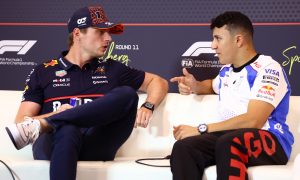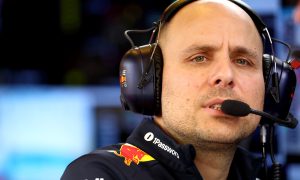
Adrian Newey says his "gut feeling" encouraged Red Bull not to research Mercedes' radical zero sidepod aero concept that was introduced by the Brackley squad at the start of the 2022 season.
Mercedes raised a few eyebrows when it rolled out an updated version of its first-generation ground effect car in pre-season testing in Bahrain in March 2022.
However, the radical thinking behind the W13's design, which aimed to maximise airflow while minimizing drag and optimizing the work of the car's venturi underfloor, produced but a single win for Mercedes, courtesy of George Russell in the championship's penultimate round in Brazil.
Red Bull noted that car's complexities and flaws, especially its chronic porpoising, and Newey mulled whether to investigate the concept or not. But in the end, the Milton Keynes-based outfit's chief technical officer took a pass.
"Obviously, with last year’s car we took an aerodynamic direction with the sidepod and design and the concept of the car, which was almost polar opposite to what Mercedes did," Newey told F1’s Beyond the Grid podcast.
"Mercedes showed flashes of competitive last year, they won in Brazil.
"Then you’re faced with a choice of well, do we start to research Mercedes in case you’ve missed something or do we stick with what we’re doing? And gut feel was, let’s stick with what we’re doing."
Read also:
Although the wholesale changes to F1's technical regulations represented the "biggest single rule change" for the sport in four decades, Newey was no fan of the overhaul as he considered the new regulation platform – based on ground effects – to be too restrictive.
But gradually, the most successful designer in the history of the sport got a grip on the rules. He explained the crucial importance of getting the car's basic architecture right at the outset.
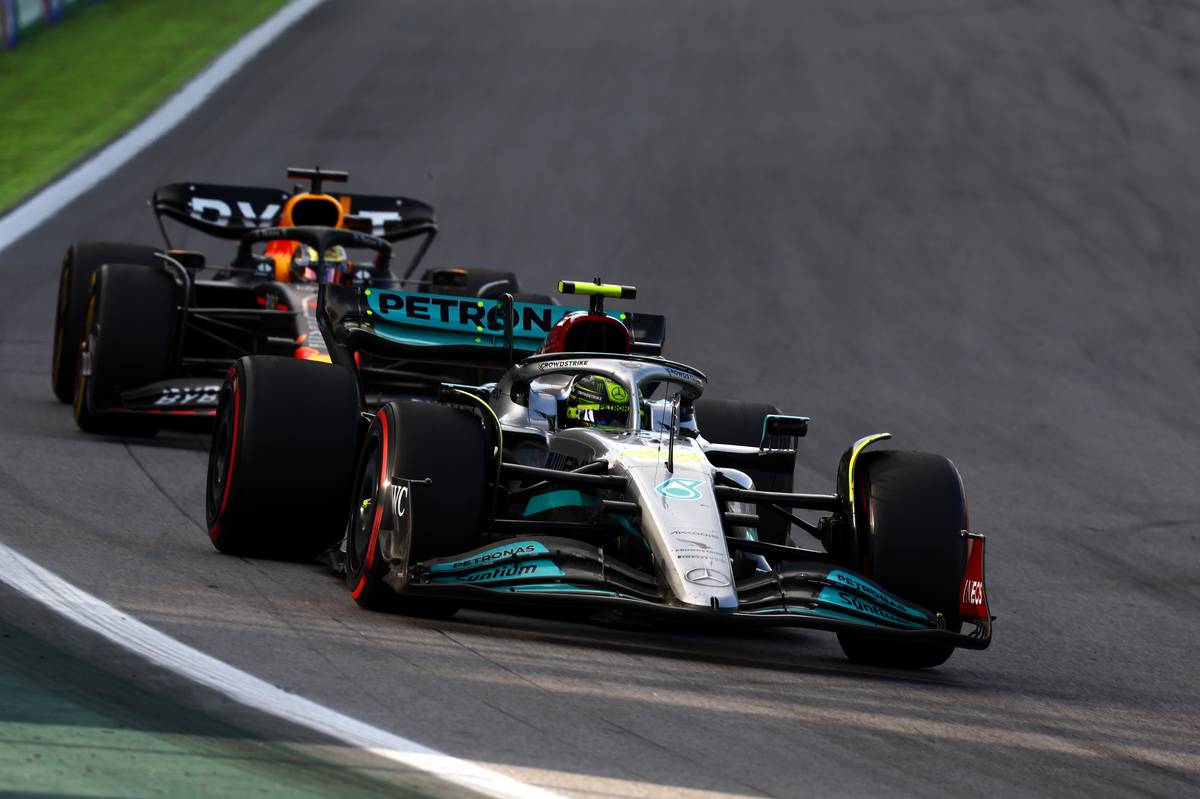
"It was [a matter of] sitting down with the rule book then trying to understand what architecture in terms of where do you put the front wheels, where do you put the rear wheels relative to the fixed bits of the series of chassis, engine and gearbox," he explained.
"The underlying architecture, you have to decide. In my case, I concentrated on the architecture and then the front and rear suspension because they’re the kind of key bits that you want to try and get right if you possibly can.
"If you get the bodywork wrong, within reason, you can change it during a season. But if you get the underlying architecture wrong, at the very least you stuck with it for one season."
Interestingly, Newey revealed that Red Bull was time constrained when it developed its RB18 design due to the team's focus on its 2021 battle with Mercedes that went down to the wire in Abu Dhabi.
"In ’21 we were in a big championship battle with Mercedes and, possibly wrongly, but because for the first time in many years we were in with a shot for a championship, we decided to put quite a lot of effort into developing that car through the year," he said.
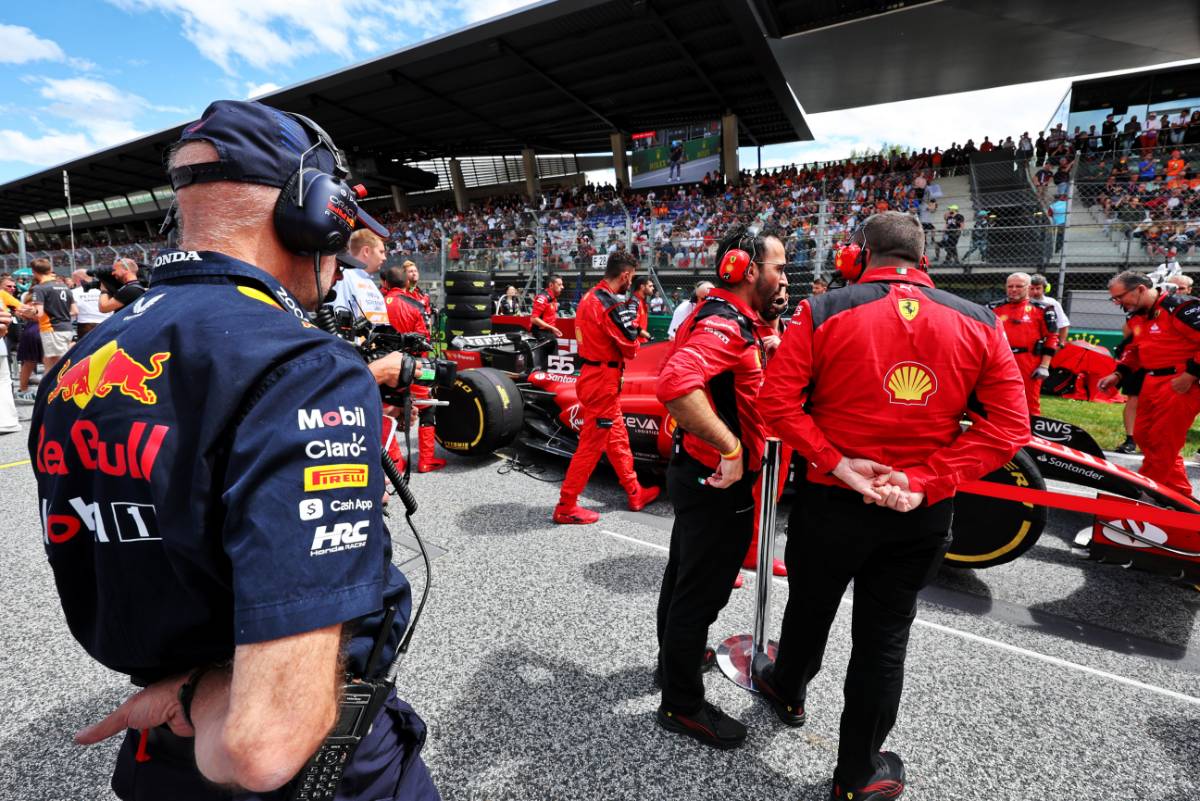
Ferrari on the other had halted the development of its 2021 car early and channeled its resources into its 2022 contender. The Scuderia hit the ground running in Bahrain, with Charles Leclerc winning the opening round at Sakhir and then triumphing again in Melbourne.
"They [Ferrari] weren’t in the championship battle in ’21, so they stopped developing the ’21 car very early on and just concentrated on the design of the ’22 car," Newey recalled.
"Mercedes was somewhere in between that. We kept developing far longer than either of those teams. And so theoretically that put us at a disadvantage. But I think what we did manage to do is get the architecture right.
“So when RB18 first came out in Bahrain last year, Ferrari was certainly as quick, if not quicker, in the early season. We managed to get the fundamentals right and that gave us a good development platform.
"We had an amount of bouncing, not as bad as the other teams, but we still had some bouncing which we needed to get on top of. And I think we had a reasonable understanding of what we needed to do to do that.
"So come the first upgrade we had in for the Bahrain race, then bouncing was much less of an issue than it was for other teams. That meant that we didn’t have to put a lot of our development energy into fixing bouncing, such as Ferrari and Mercedes did."
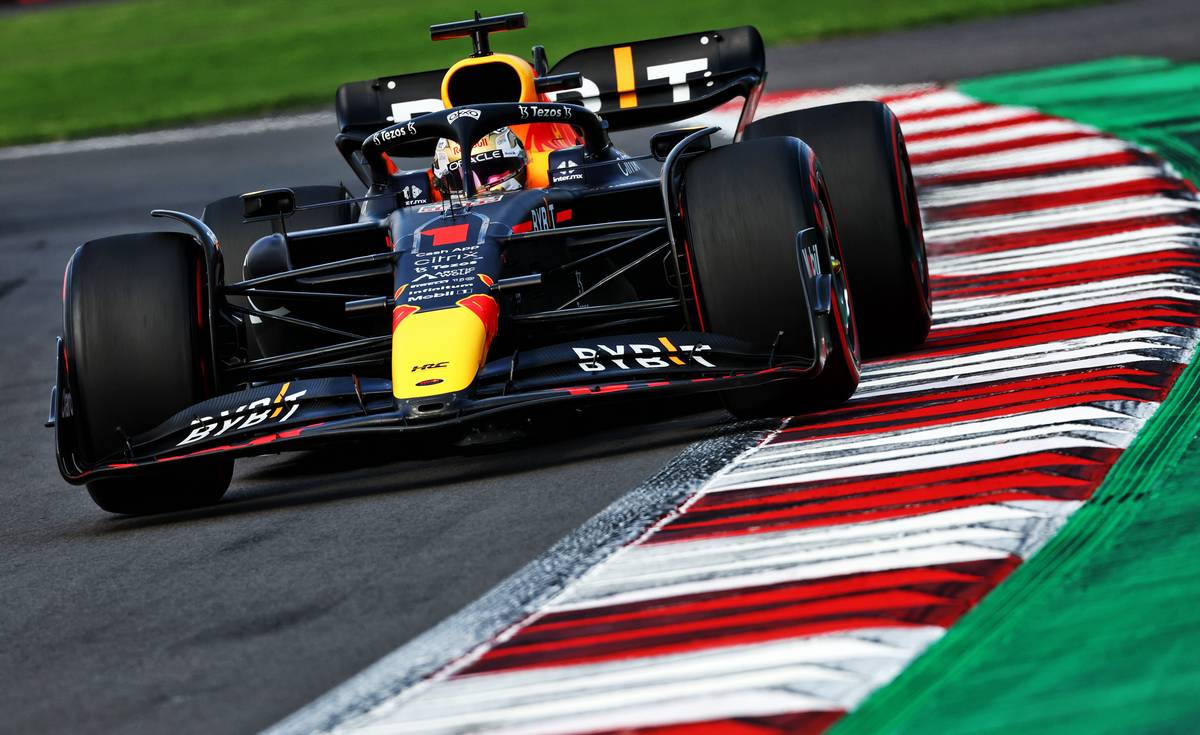
Newey admitted that his early experience with ground effects in F1 but also in IndyCar in the 1980s proved very beneficial, especially when it came to understanding the intricate relationship between a car's chassis and its aerodynamics.
"I think the key thing, particularly these venturi cars that came in at the start last year – though it was also true of the stepped-bottom cars before that – is it’s not just the aerodynamics, it’s how it couples with the chassis as well," he explained.
“And that is one of the big keys that perhaps I’ve had a bit of an advantage in because I experienced that when I was at Fittipaldi – by the time I got back into F1 in 1988, then they were flat-bottomed cars – and then working in IndyCar.
"So I did three seasons in IndyCar, which were also venturi cars. So they gave me a good understanding of the cross-coupling.
"I very clearly remember Fittipaldi, actually the first time I went to the circuit when I was at Fittipaldi, Harvey Postlethwaite, who was the young technical director there, because the cars were running so stiff.
"He had the idea to save a bit of weight by throwing away the front dampers and springs and replacing them with bump rubbers, which is something he tried in his Hesketh days.
"I remember Keke Rosberg coming past on the old pit straight at Silverstone and the front wheels were in the air as it came past it was bouncing so badly.
"I think that was a very early lesson that this isn’t just about aero, it’s also the coupling of aero and suspension."
Keep up to date with all the F1 news via Facebook and Twitter





